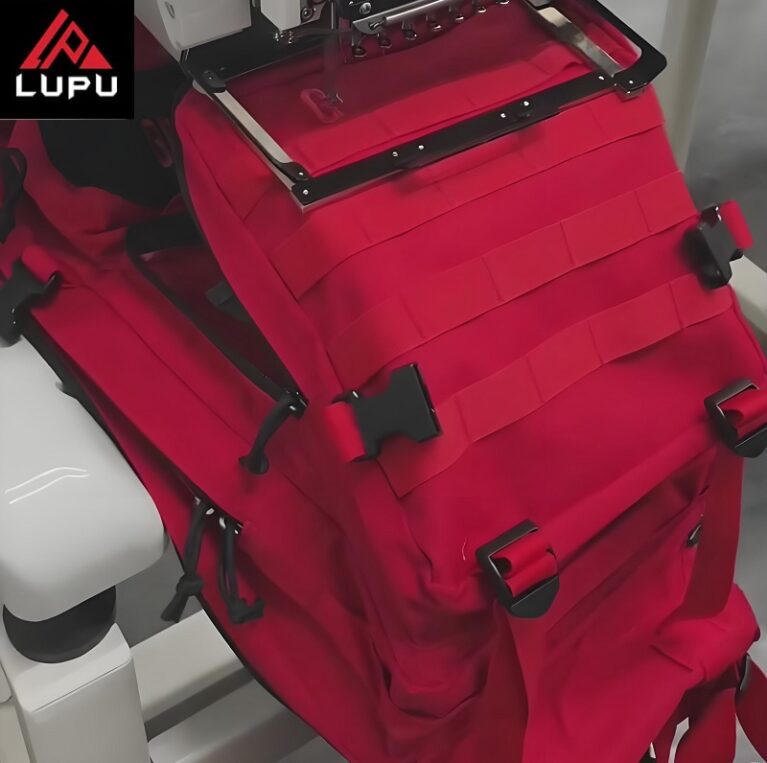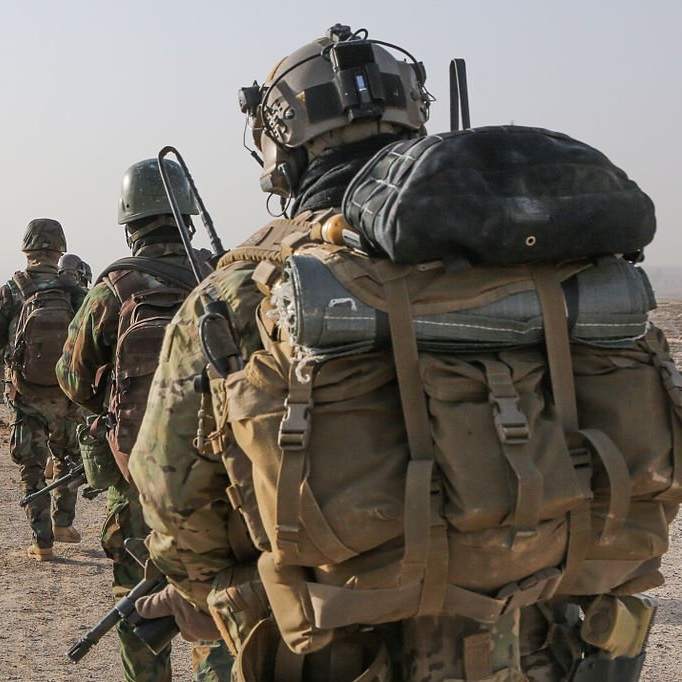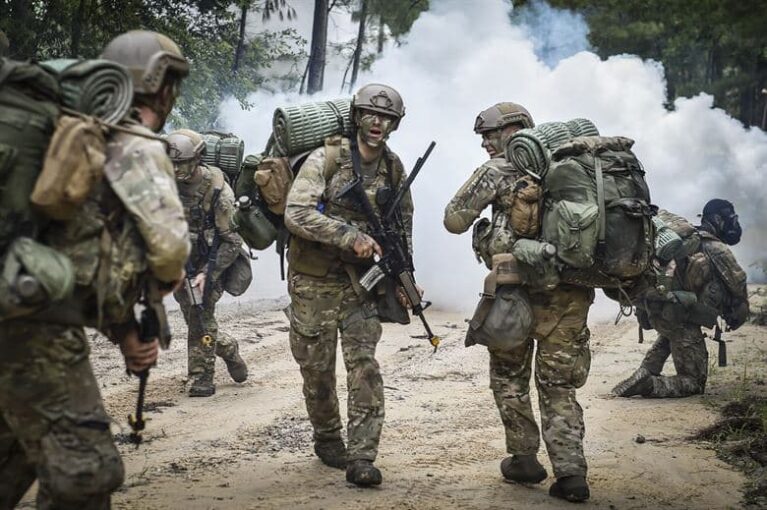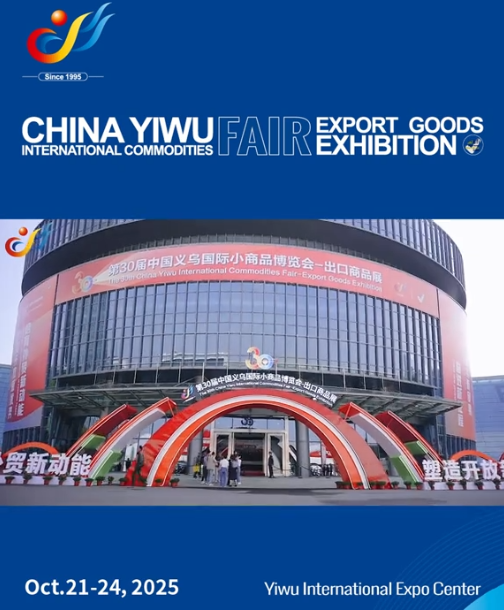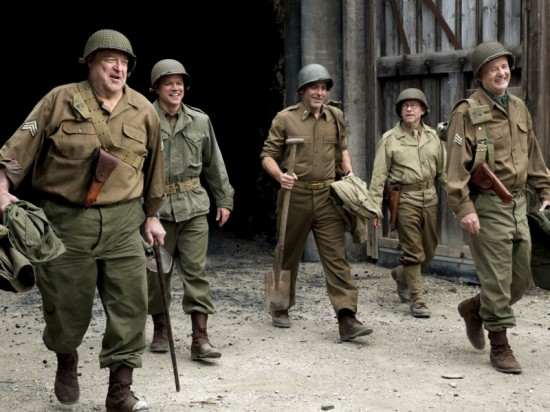During World War II, military steel helmets became a standard piece of protective gear for soldiers across the globe. As artillery and explosives became more advanced, the need for head protection grew more urgent. These military helmets were designed not only to shield soldiers from flying shrapnel but also to offer some defense against blunt force trauma. Each country developed its own unique helmet design, from the German Stahlhelm with its distinctive shape to the American M1, known for its durability and comfort. These military helmets were crucial in saving countless lives on the battlefield and remain a symbol of wartime resilience.
This article will review the top 10 military helmets used by various countries during World War II.
You need know top 10 military helmets from WWII
1. M35 Steel Helmet
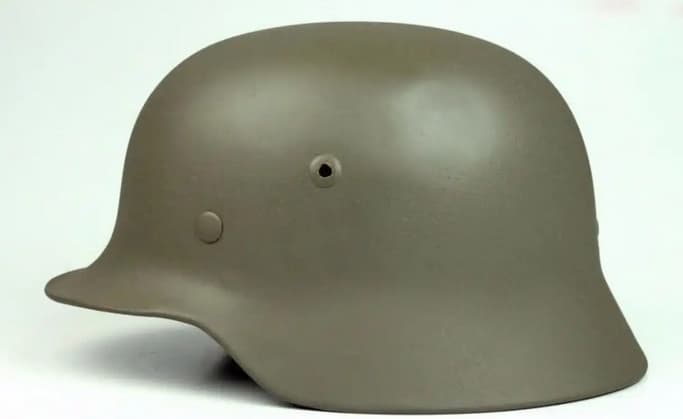
The M35 steel helmet was an improvement on the German M17 steel helmet used during World War I. While retaining the M17's general outline, the M35 has been refined, becoming less bulky and wide than its predecessor. The brim has also been modified for a more balanced fit.
This helmet was widely used by the German army in the early days of World War II and has become a defining feature of German soldiers. The M35's design is considered the most successful and ergonomically designed. In the 1980s, many countries' Kevlar helmets were modeled after the M35 in both shape and silhouette.
2. M38 Paratrooper Helmet
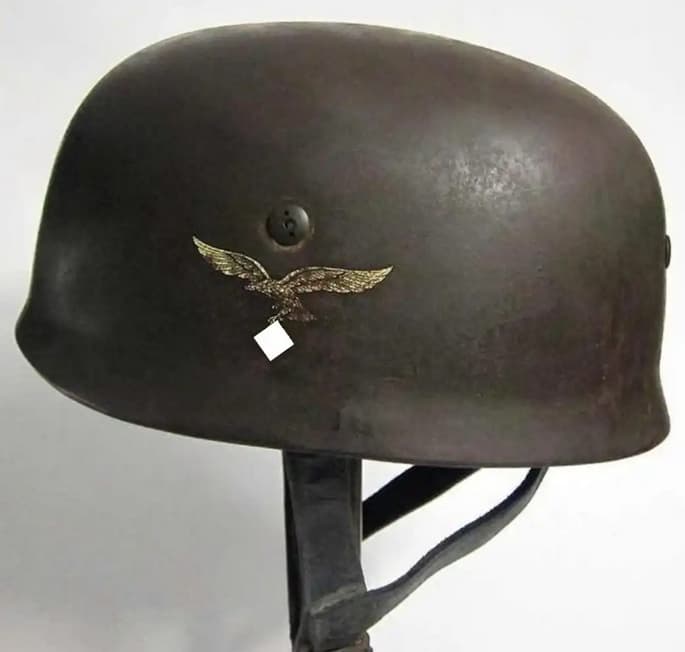
This German paratrooper combat helmet was designed in the 1930s specifically for elite paratrooper units. It was finalized in 1938 as the M1938 Paratrooper Helmet, or M38 for short.
This helmet was also based on the M35 structure, but it underwent significant optimization and improvements. The M38 paratrooper helmet lacked a brim and a protruding edge, remaining smooth and with a flatter edge. Overall, it was well-suited for paratrooper use. This helmet became a hallmark of the German elite airborne troops during World War II.
3. M40 Military Helmet
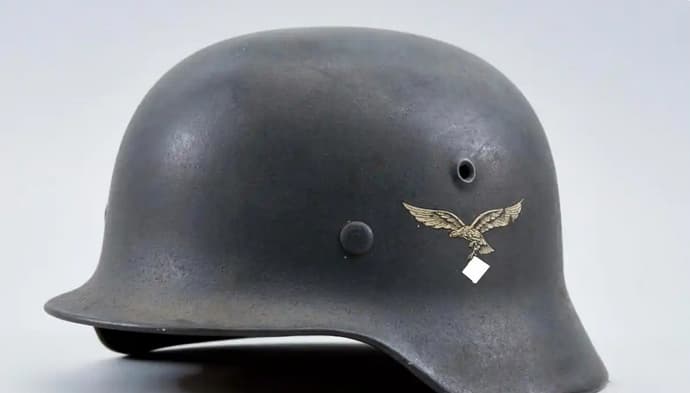
The M40 helmet is an improved version of the M35. While retaining the same basic outline and overall appearance, the M40's production process was simplified.
The entire helmet was stamped from metal, and the original independent vents were replaced with perforated ones. This greatly increased production speed, facilitating mass production. After the 1940s, this helmet was widely used by the German army, serving alongside its predecessor, the M35.
4. M42 Military Helmet
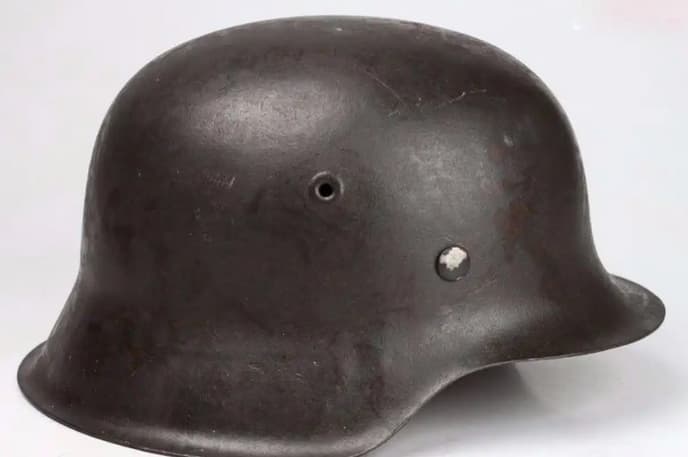
The M42 helmet is a simplified version of the M40. Compared to the M40, its production process is simpler, especially at the edges, where a more coarse trimming process has been adopted, rather than a delicate curling process. Furthermore, the M42 helmet's surface is painted a rougher, grainy finish, rather than a glossy one.
Other features, including the rounded angles, lining, and dimensions, are largely identical to the M40. By the end of World War II, the M42 helmet was in widespread use by the German military, particularly the Luftwaffe.
5. Type 90 Steel Helmet
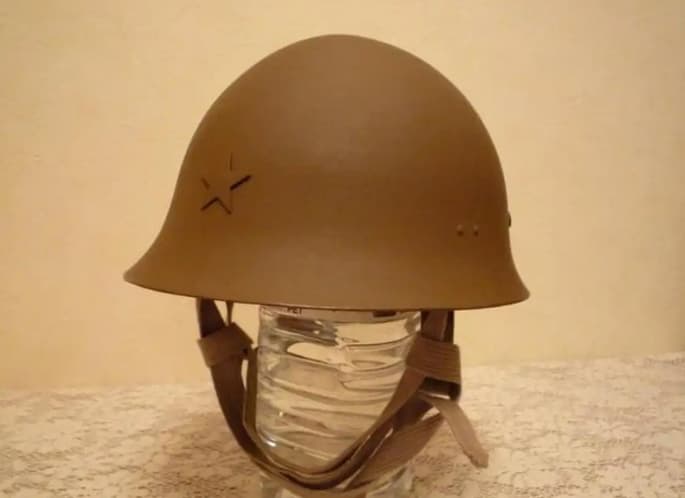
From the beginning to the middle of World War II, the Japanese army employed a variety of steel helmets, but the most iconic and common model was the domestically produced Type 90. Introduced in 1930, this model was subsequently adopted by the Japanese Army and became a hallmark of the Japanese military during the Pacific War and the Sino-Japanese War. While inferior in production technology and quality to European and American military helmets, the Type 90 was well-suited to Asian physiques.
Later, the Type 90 was further enhanced with the Type 98, featuring a smaller rim than the original Type 90. This model was primarily used by the Japanese Marine Corps in the Pacific Theater. After the end of the War of Resistance Against Japanese Aggression, my country captured a large number of Japanese Type 90 helmets, which were used by the Chinese military for a long time. Even during the late 1970s, during the self-defense counterattack against Vietnam, many scouts were still equipped with this helmet. It wasn't until the 1980s that it was replaced by the domestically produced Type 80 steel helmet.
6. Adrian M1915 Steel Helmet
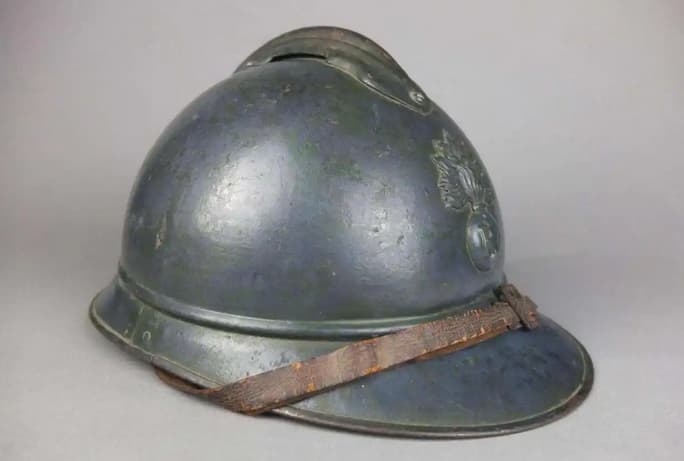
This helmet was first adopted by the French Army during World War I and remained the primary helmet for the French Army during World War II. Although its appearance was somewhat odd, resembling a hard hat, the M1915 helmet provided considerable protection. It also featured a raised ridge on the top to protect against sword strikes and slashes, and ventilation holes on either side of the ridge, making it a unique design.
During the 1920s and 1930s, this helmet was copied by numerous countries, including the Soviet Union and Japan. The Yunnan Army in Yunnan Province, my country, also equipped itself with numerous French M1915 Adrian helmets before and after the Second Sino-Japanese War.
7. Tony Mk.II Steel Helmet
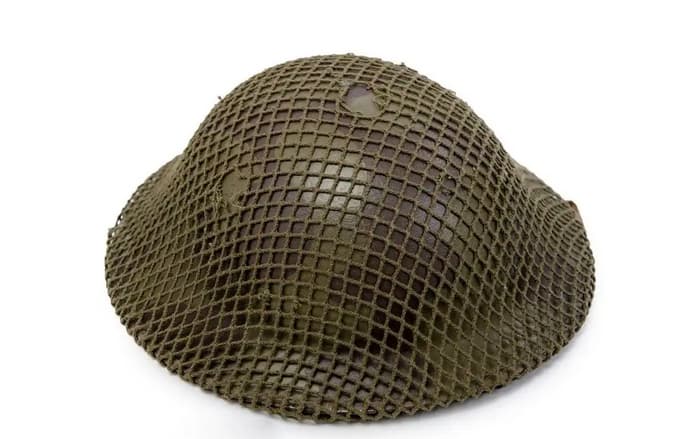
During World War II, the British Army primarily equipped itself with the Tony Mk.II Steel Helmet. Due to its unique design, it was also known as the flying saucer helmet, disc helmet, or pot lid helmet. This was an improved version of the Tony Mk.I Steel Helmet used during World War I. Compared to the previous model, it had a smaller profile, significantly enhancing visibility. Of course, the Mk.II could also be fitted with a canvas helmet cover to block glare from the metal.
This helmet was widely used not only by the British Army but also by other Commonwealth armies. Prior to the Second Sino-Japanese War, the Gui Army, the Northwest Army, and a small number of Central Army units in China also imported a number of British Tony helmets.
8. M1 Steel Helmet
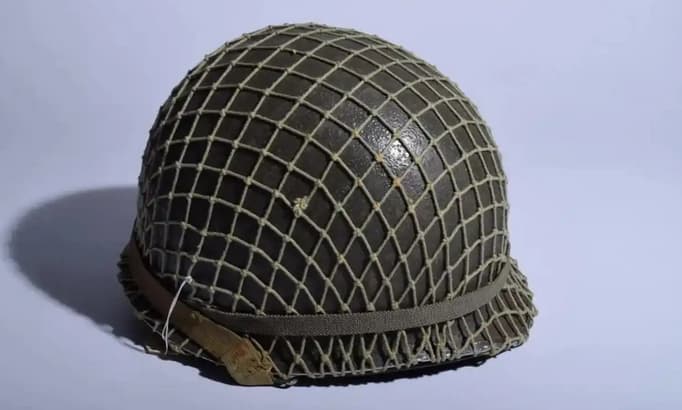
During World War II, the US military used two types of helmets most commonly. The first was the M1917 disc-shaped steel helmet, modeled after the British Tony MK.I. This type was generally used in small numbers by the US Navy and air defense units at airports. The second was the M1 steel helmet, which was the most commonly used by the US military throughout World War II and is considered one of the most successful military helmets in the world. The M1 boasts superior production technology and strong protective capabilities. Throughout World War II, it was widely used by the US Airborne, Marine Corps, and Army.
Some M1 helmets were also equipped with canvas covers and camouflage netting to better adapt to battlefield conditions. Of course, the M1 steel helmet served not only the US military but also Allied armies during the same period. It remained in use by the US military until the 1980s, when it was replaced by Kevlar helmets. Today, small numbers of US M1 helmets are still used by the armies of less developed countries in the Middle East, Africa, and Southeast Asia.
9. M23-41 Steel Helmet
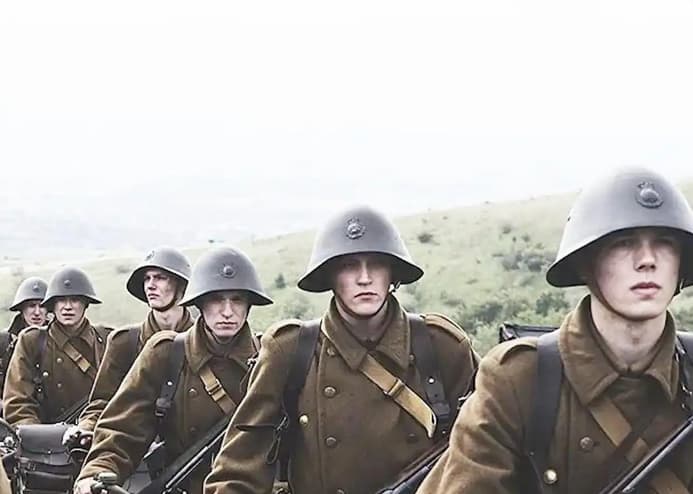
This was a steel helmet used by the Danish army during World War II. Its design was completed and deployed as early as the 1920s. Improved versions were released in the 1930s and 1940s, with the improved M23-41 being the standard helmet used during World War II.
This helmet has a particularly unusual design. It appears bulky and wide, and somewhat top-heavy. Its size naturally led to its considerable weight, making it a rather unusual military helmet during World War II.
10. SSh-40 Steel Helmet
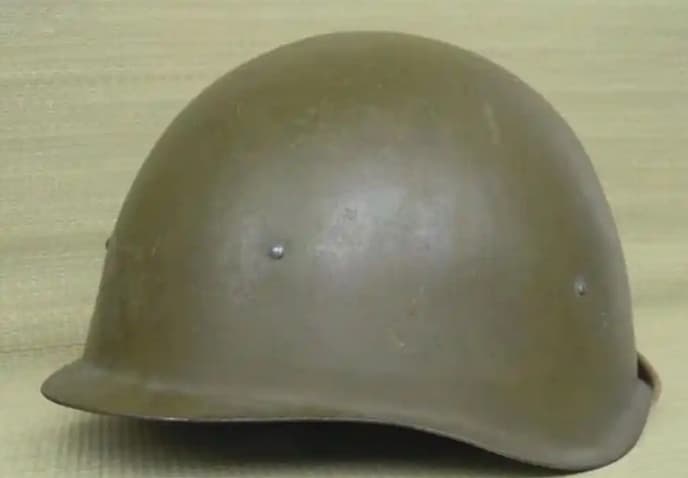
Before and after World War II, the Soviet army also fielded several types of steel helmets, including the SSh-36, SSh-39, and SSh-40. The SSh-40 was the most numerous and iconic of the two wars. While its appearance may not be aesthetically pleasing, its manufacturing process and protective performance rivaled those of German and American helmets. The lining also fits the head better than its predecessors, making it more comfortable to wear.
During World War II, this type of Military Helmet basically became a major symbol of the Soviet Red Army. After the end of World War II, the Soviet army continued to equip this type of Military Helmet. In the 1960s, it also improved the SSh-60 helmet and SSh-68 helmet respectively. Today, the North Korean army is still equipped with these two models in small quantities.
Now more and more Tactical Gear brands and suppliers are cooperating with Chinese Military Helmet Factory to gain greater benefits. For example, LUPU - is an over 25+ years Professional and trustworthy military gear manufacturer in China, who can supply to the tactical helmet, Military Combat Boots, tactical vest, tactical backpack, tactical gloves and tactical belts, and can also accept OEM and ODM services.
Now contact LUPU Tactical Gear Factory expert team (Email: info@luputacticalgear.com) for bulk orders, custom design services, or professional guidance in selecting the right military gear solution for your customers.
Related:
Top 15 Tactical Gear Trade Shows And Exhibitions
The Best 12 Backpack Manufacturers In UK
Top 50:Global Tactical Gear Brands List

